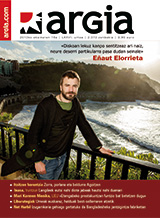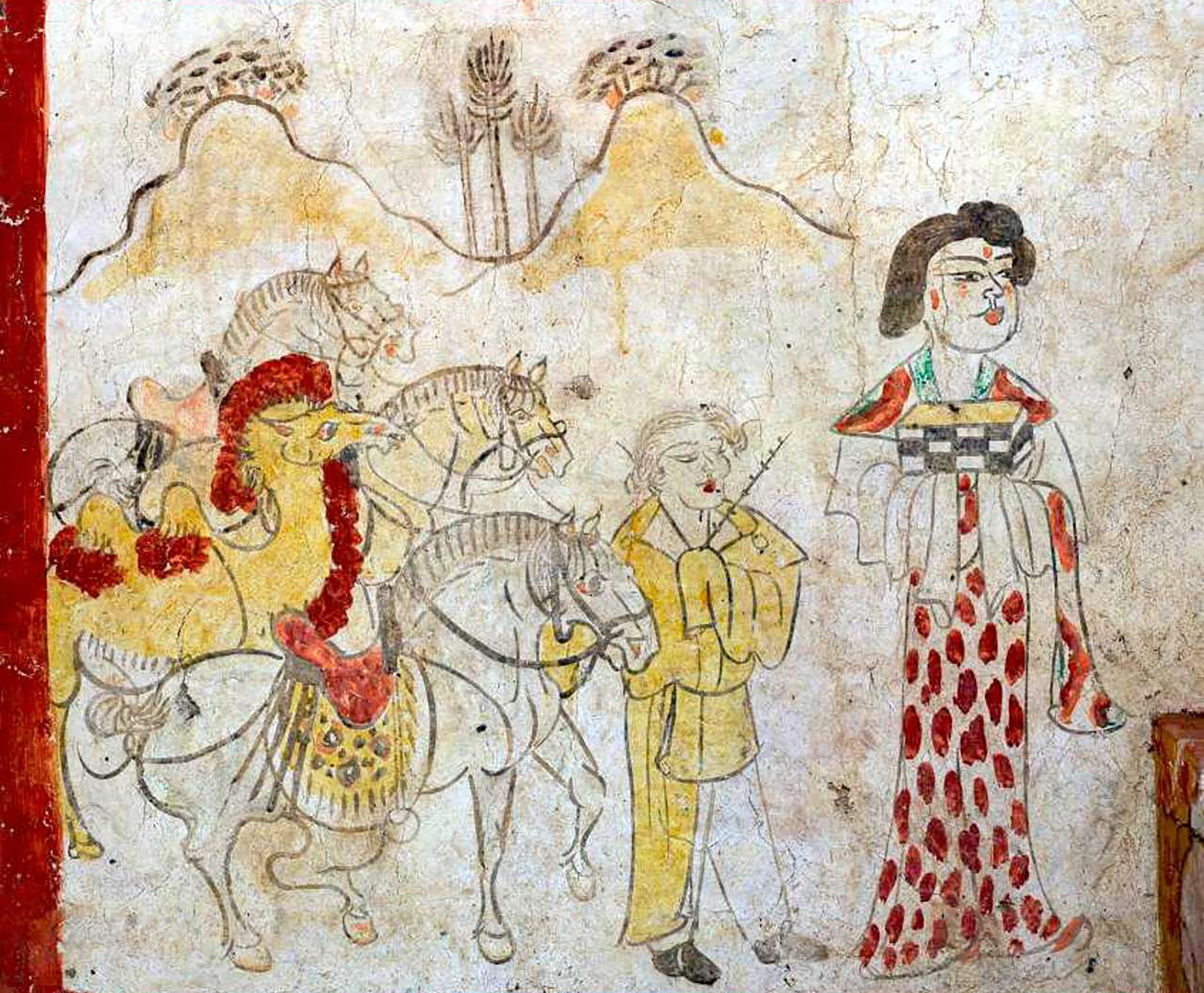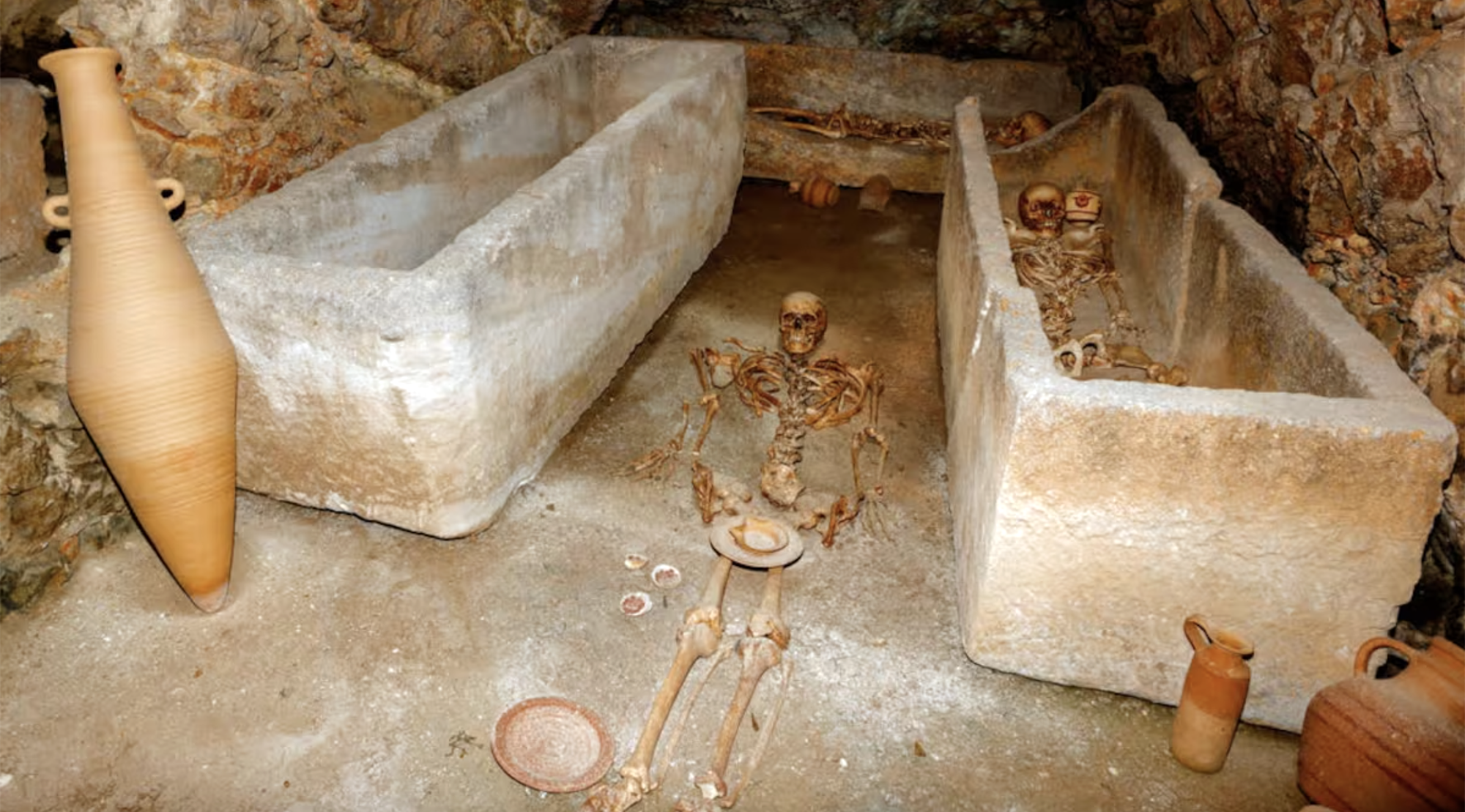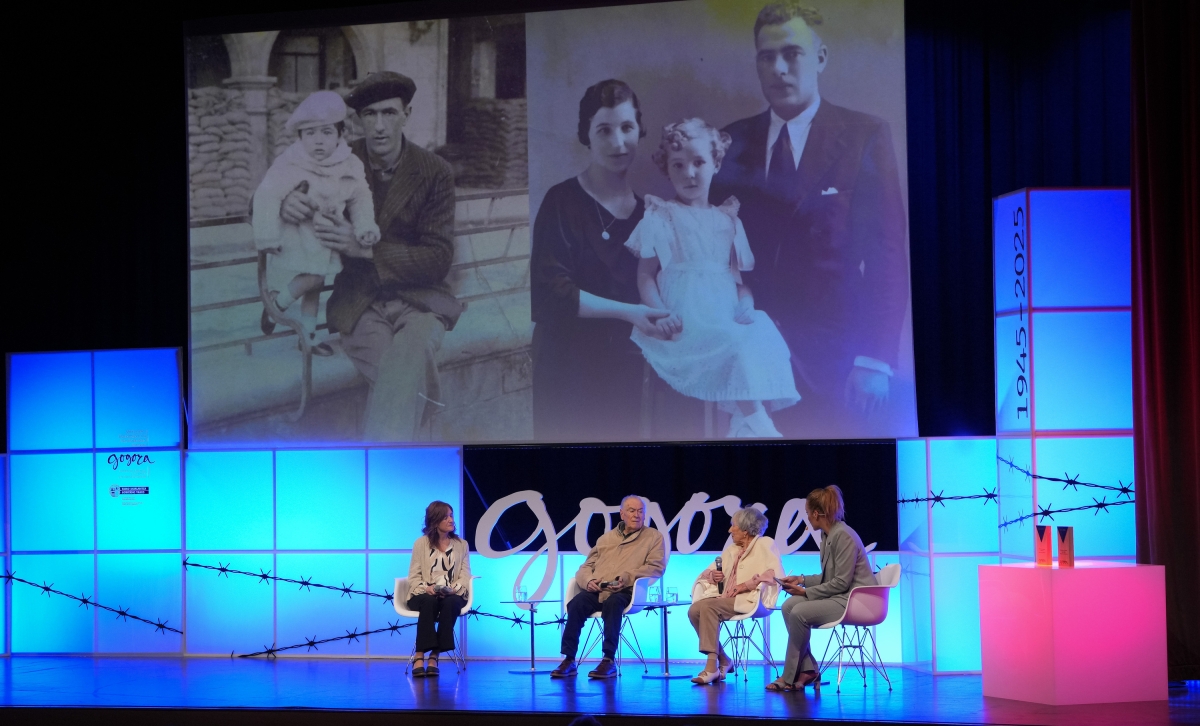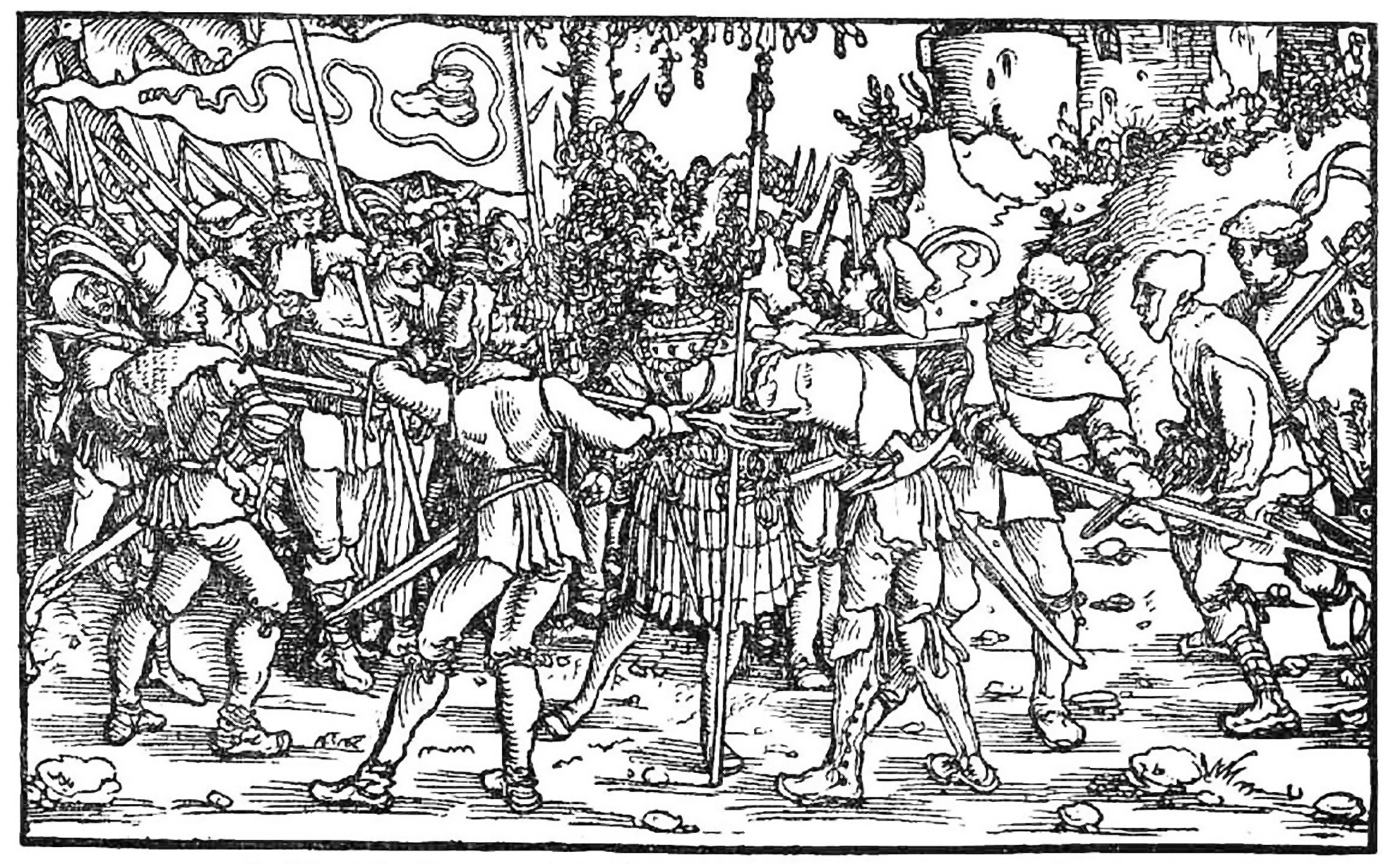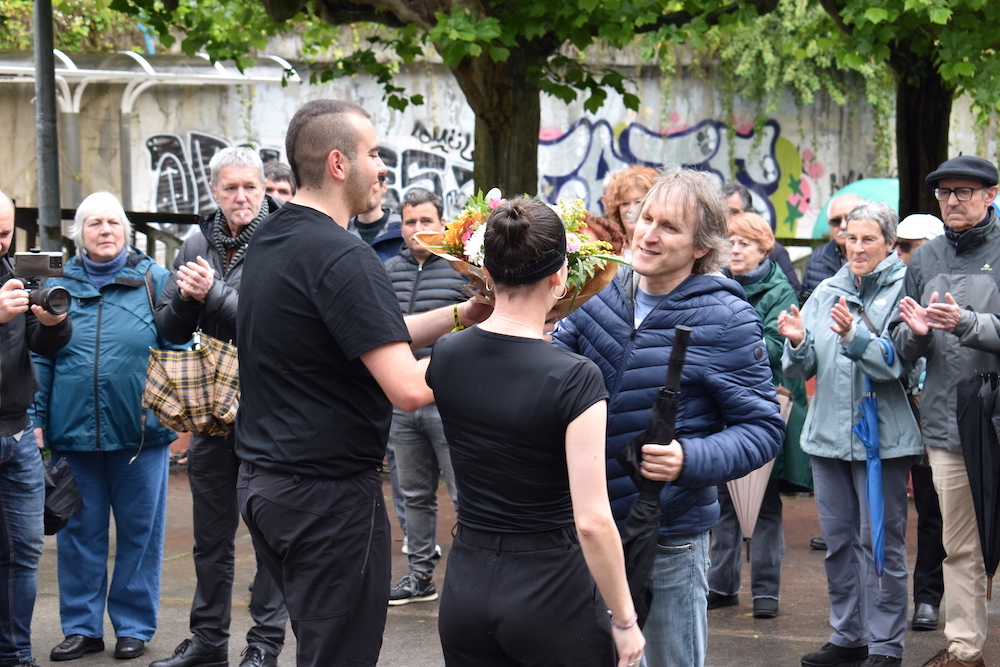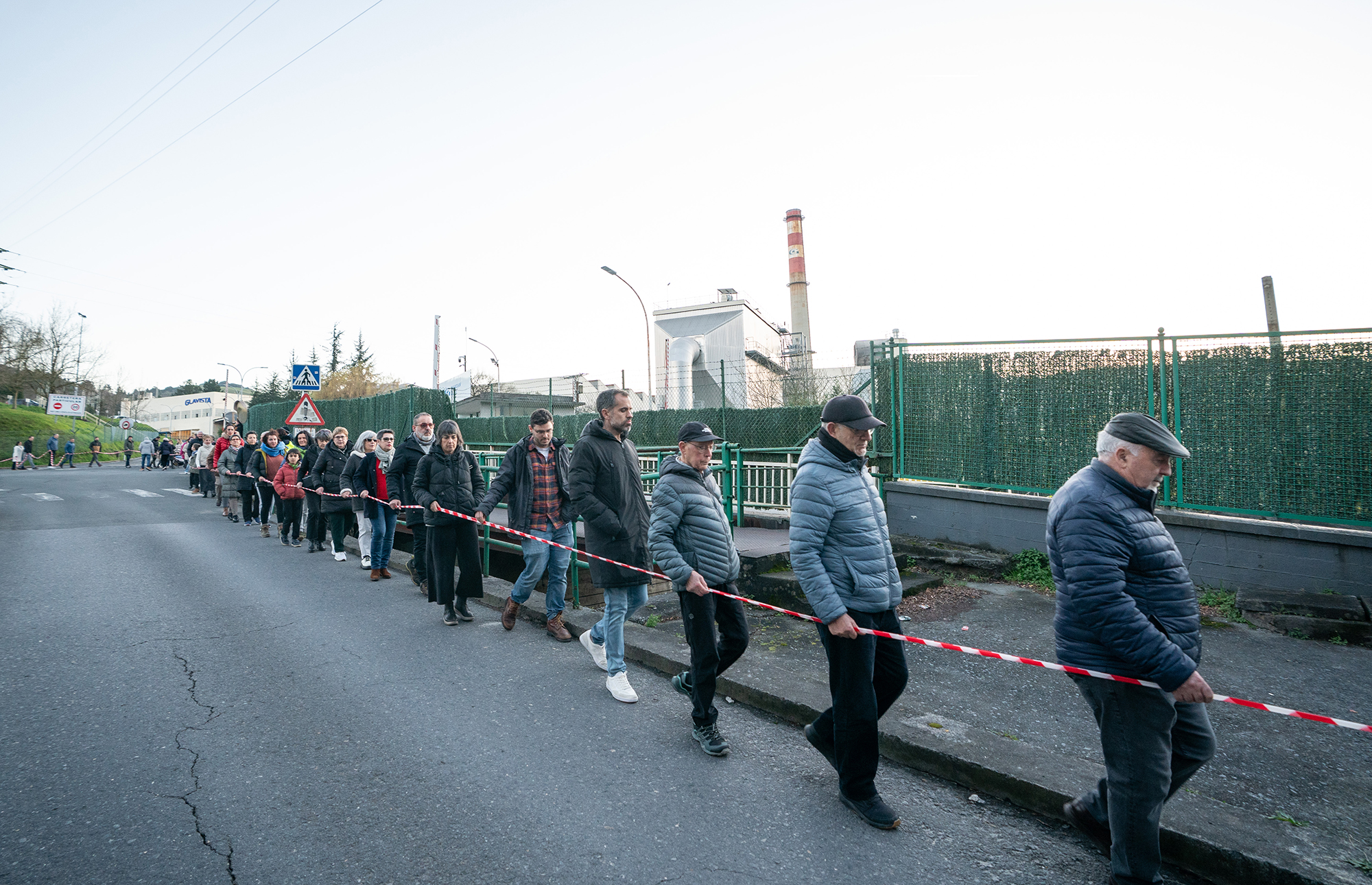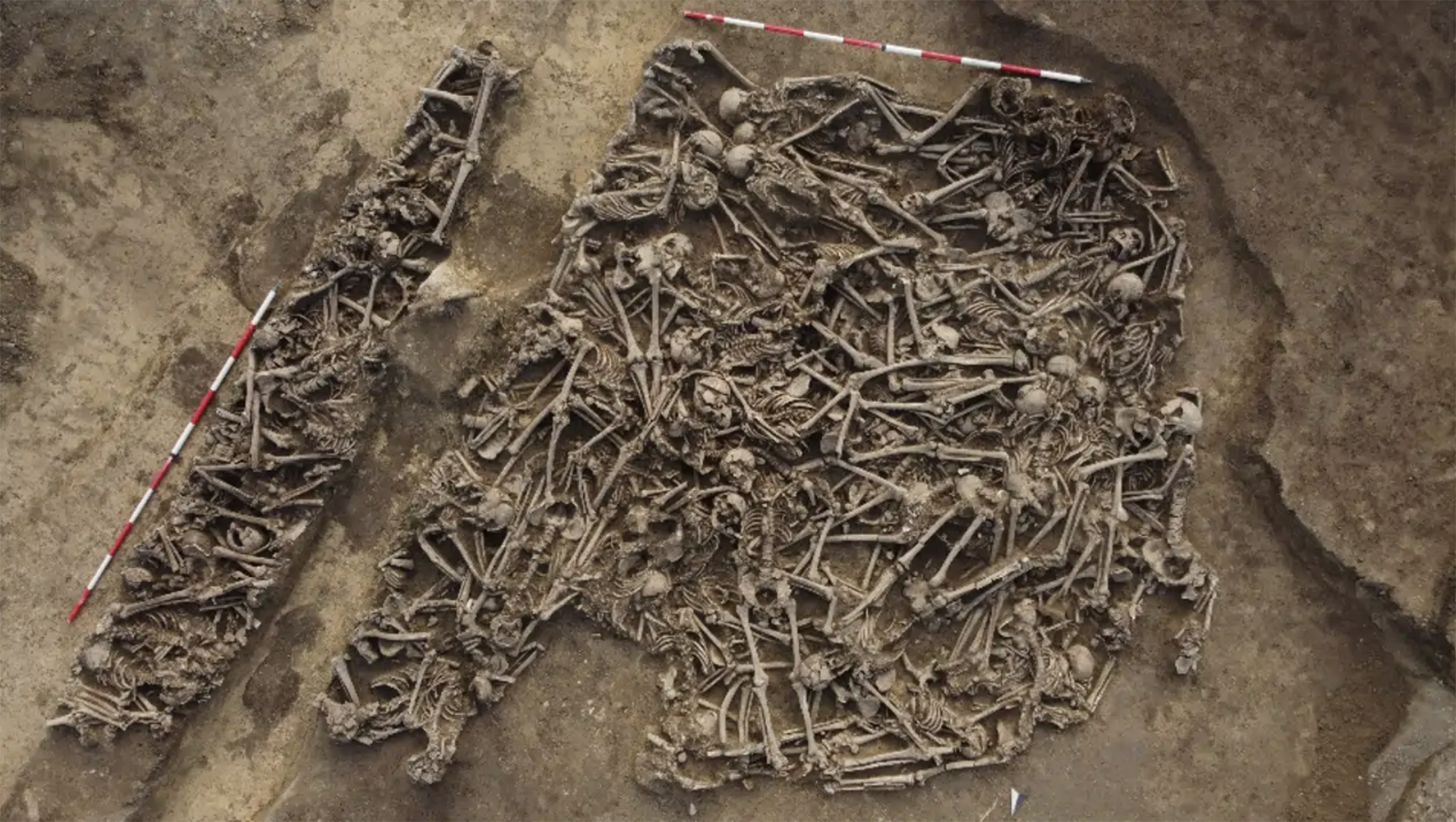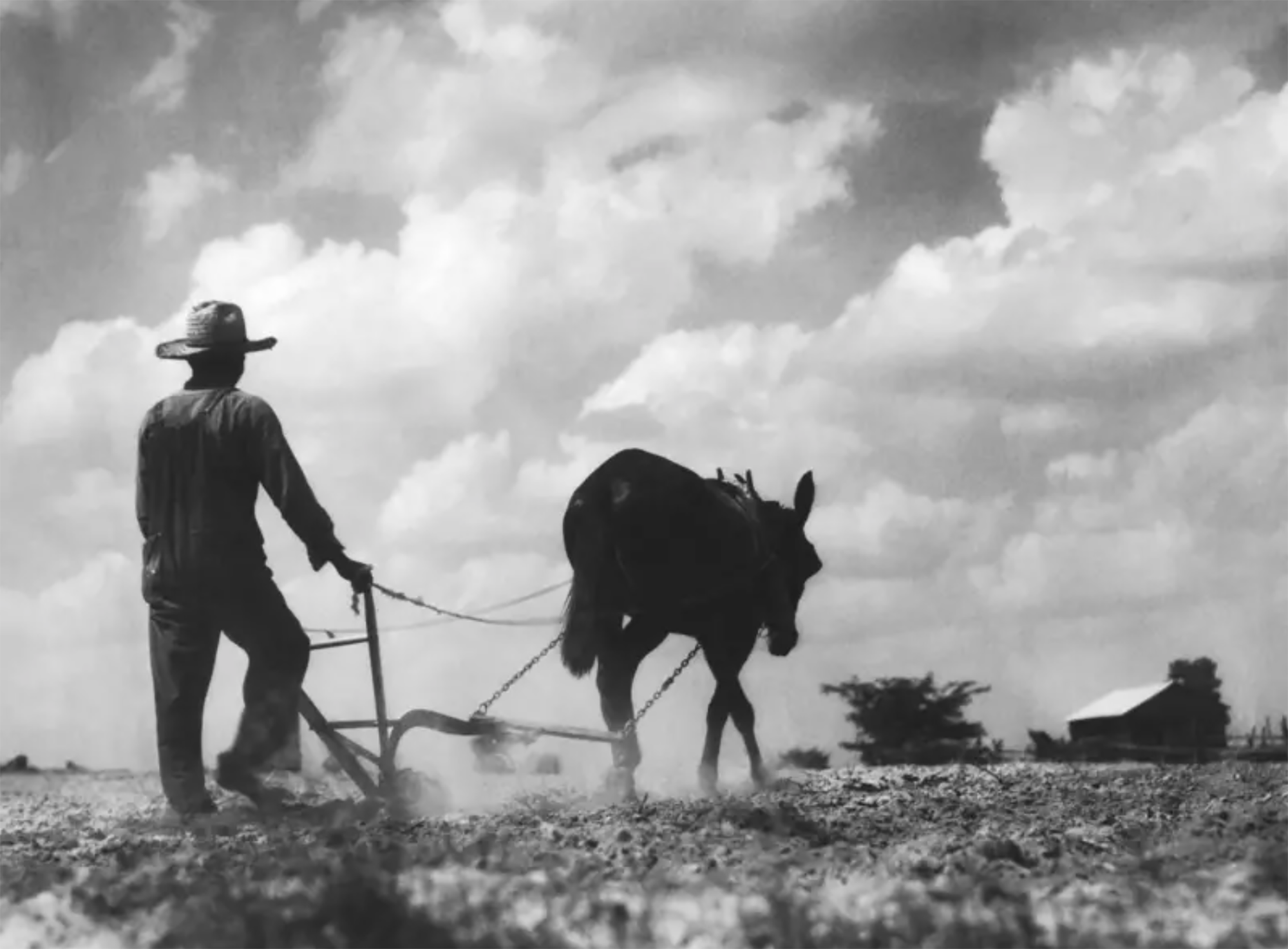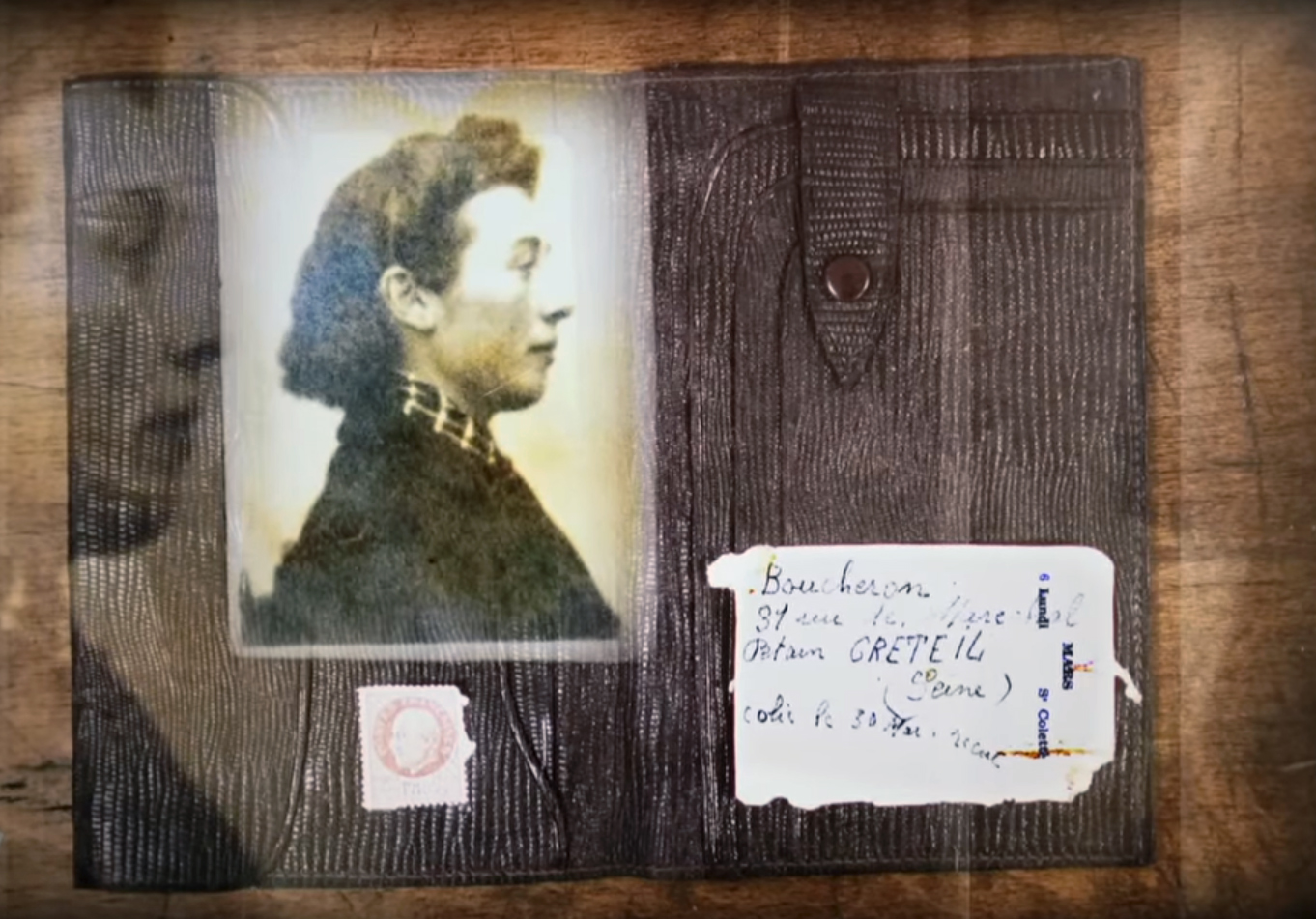Malinche, zauri ala aringarri?
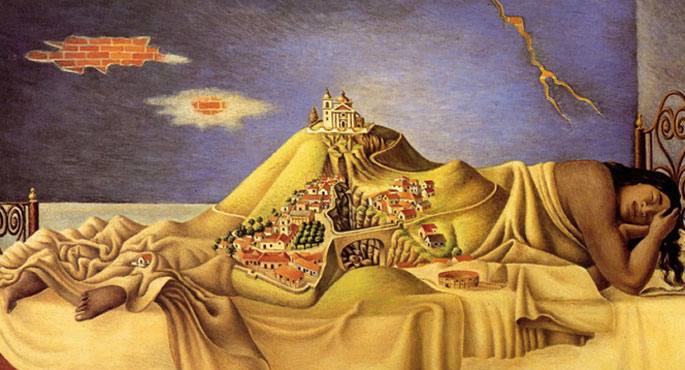
Coatzacoalcos (Mexiko), c. 1502. Noble familia batean jaio zen Malinalli Tenépatlm, gerora Malinche, Malintzin edo Doña Marina izenez ezagun egingo zen emakumea.
Aita hiltzean, ama berriro ezkondu zen eta seme bat izan zuen senar berriarekin. Malinalli lehensortua eta bidezko oinordekoa izan arren, gurasoek semearen alde egin omen zuten, zenbait iturriren arabera, eta neskatoa esklabo bezala saldu, neba txikiari bidea lautzeko. Beste bertsio batek dio maien eta mexiken arteko gatazka baten amaieran garaileari, hau da Tabscoobeko kazikeari, eman ziotela opari. Kontua da haurra besterik ez zela nobleziako kide izandako neskatoa esklabo bihurtu zela. Berehala, sorterriko nahuatl hizkuntzaz gain, maien hizkuntza ere menperatu zuen Malinchek.
Espainiarrak Yucatan ingurura iritsi zirenean bertako maiek konfrontazioa saihestea erabaki zuten, eta 1519an Hernan Cortes buru zuten konkistatzaileei jakiak, arropak, urrea eta esklaboak eman zizkieten borondate ona adierazteko; ongietorri opariaren parte izan zen urte hartan bertan bataiatutako Malinche. Alonso Hernandez de Puertocarreroren zerbitzura egotea egokitu zitzaion hasieran.
Baina Cortesek golkoko kostaldetik mendebalderantz egin zuen aurrera, eta nahuatl hizkuntzaren eremuetara iritsi zen. Jeronimo de Aguilar itzultzaileak maien hizkuntza menperatzen zuen, baina hura ez zen nahikoa. Malinche Cortesen albora eraman zuten, konkistatutako lurralde berrietan interprete lanetan jardun zezan.
Gaztelania bizkor ikasi zuen, Cortesen konfiantza eskuratu zuen, eta, itzultzaile izatez gain, konkistatzailearen idazkaria eta, geroago, maitalea ere izan zen. Harreman horretatik seme bat jaio arren, konkista amaitzean Hernan Cortes Juana de Zuñigarengana, Espainian utzitako emaztearen albora itzuli zen. Juan Jaramillo gaztelar kaparearekin ezkondu zen orduan Malinche. 1529ko dokumentu batek dio Jaramillok, alargundu ondoren, berriro ezkontzeko baimena eskatu zuela. Horregatik dakigu ordurako Malinche hila zela, baztangak jota ziurrenik.
“Espainia Berriaren konkista Jainkoari zor diogu lehenik, eta Doña Marinari bigarrenik”, idatzi zuen Hernan Cortesek gutun batean. Luzaroan Malinche espainiarren konkista erraztu zuen traidoretzat jo izan da, baina azkenaldian historialariak beste ikusmolde batzuk kontuan hartuta aztertzen ari dira pertsonaia. Herrikideek arbuiatu eta esklabotzara eraman zuten; aldiz, konkistatzaileekiko leialtasunak askatasuna eta maila soziala berreskuratzeko aukera eman zion. Gainera, konkistaren arrakastaren erantzukizuna ezin zaio hari egotzi; espainiarren urre gosea, nagusitasun militarra eta izurriak askoz erabakigarriagoak izan ziren Malincheren itzulpenak baino. Akaso konkistaren kalteak arintzen saiatzea egotzi dakioke, iturri garaikideen arabera, konkistatzaileen eta konkistatuen arteko negoziaketetan parte hartzen zuenean, alferrikako odol isuriak saihesten ahalegindu baitzen.
In the Chinese province of Shanxi, in a tomb of the Tang dynasty, paintings depicting scenes from the daily lives of the dead are found. In one of these scenes a blonde man appears. Looking at the color of the hair and the facial expression, archaeologists who have studied the... [+]
Carthage, from B.C. Around the 814. The Phoenicians founded a colony and the dominant civilization in the eastern Mediterranean spread to the west. Two and a half centuries later, with the decline of the Phoenician metropolis of Tyre, Carthage became independent and its... [+]
Salvador Puig Antich frankismoaren kontrako militantea izan zen. Askapen Mugimendu Iberikoko kidea, 1973ko irailaren 25ean atxilotu zuten. Gerra-kontseilua egin zioten, eta garrotez exekutatu zuten handik sei hilabetera, 1974ko martxoaren 2an. Aurtengo otsailean baliogabetu du... [+]
Rudolf Botha hizkuntzalari hegoafrikarrak hipotesi bat bota berri du Homo erectus-i buruz: espezieak ahozko komunikazio moduren bat garatu zuen duela milioi bat urte baino gehiago. Homo sapiens-a da, dakigunez, hitz egiteko gai den espezie bakarra eta, beraz, hortik... [+]
Böblingen, Holy Roman Empire, 12 May 1525. Georg Truchsess von Waldburg overthrew the Württemberg insurgent peasants. Three days later, on 15 May, Philip of Hesse and the Duke of Saxony joined forces to crush the Thuringian rebels in Frankenhausen, killing some 5,000 peasants... [+]
During the renovation of a sports field in the Simmering district of Vienna, a mass grave with 150 bodies was discovered in October 2024. They conclude that they were Roman legionnaires and A.D. They died around 100 years ago. Or rather, they were killed.
The bodies were buried... [+]
Washington, D.C., June 17, 1930. The U.S. Congress passed the Tariff Act. It is also known as the Smoot-Hawley Act because it was promoted by Senator Reed Smoot and Representative Willis Hawley.
The law raised import tax limits for about 900 products by 40% to 60% in order to... [+]









